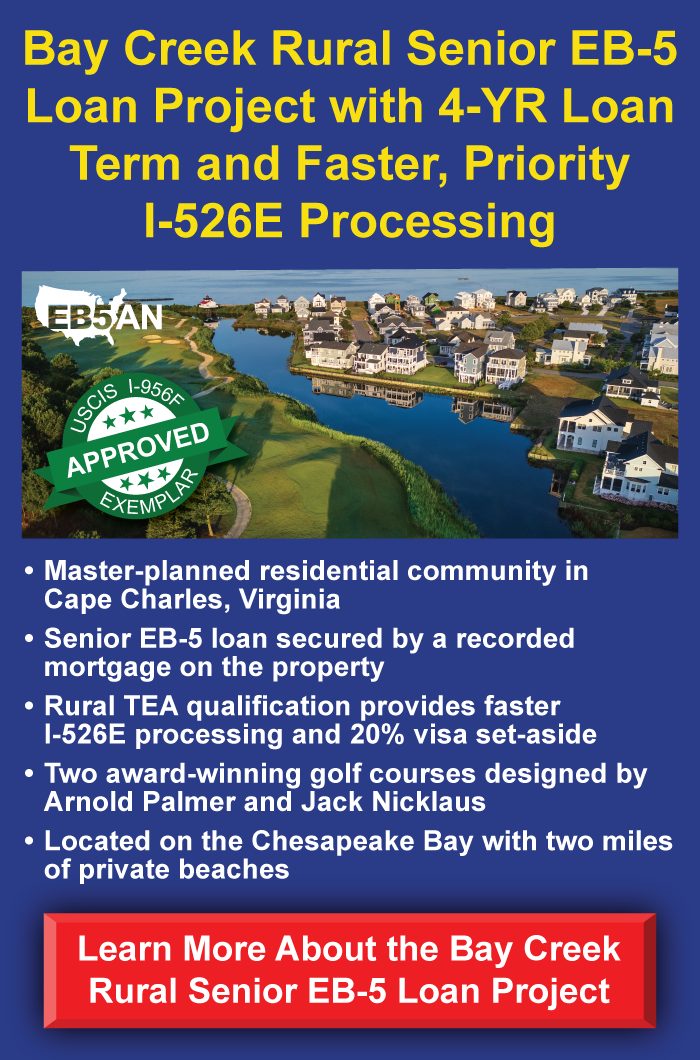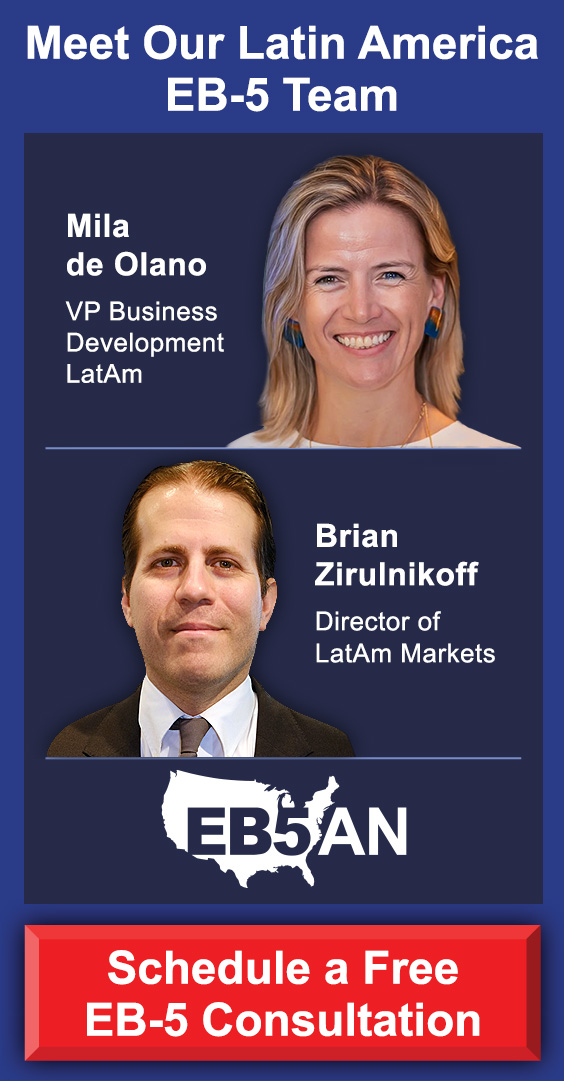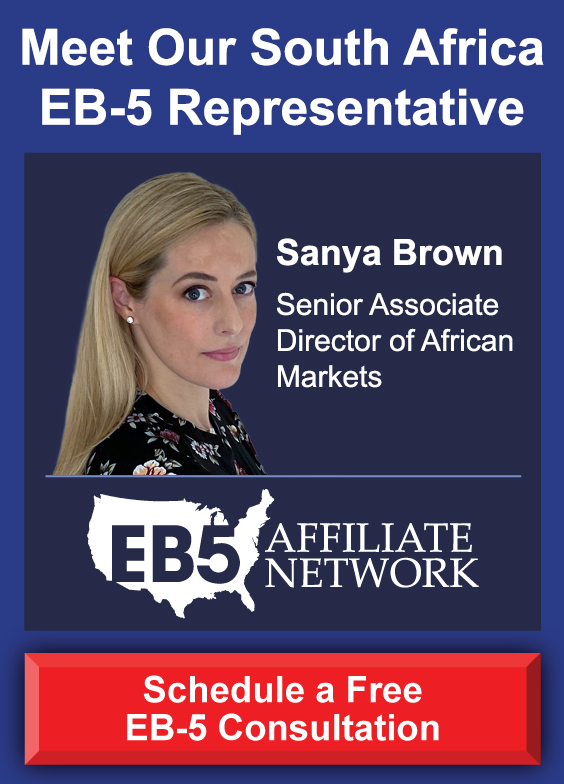For many Indian nationals working at NVIDIA under H‑1B status, the company represents one of the top career destinations in tech: elite compensation, cutting‑edge work, prestige, and opportunity in AI and semiconductor development. But even for high performers, there are structural risks, uncertainties, and a long wait for permanent residency (Green Card) that can leave one exposed.
The EB‑5 Immigrant Investor Program can offer a pathway that reduces some of these risks and gives added stability. Below, we explore the current context for NVIDIA H‑1B employees, how restricted stock units (RSUs) operate, and how EB‑5 may be a strategic alternative to the usual H‑1B path.
NVIDIA and Indian H‑1B Employees
EB‑5 Overview and How It Helps H‑1B Employees
EB-5 as a Strategic Option for Indian H-1B Employees
NVIDIA and Indian H‑1B Employees
NVIDIA has become a major H-1B employer in the U.S., with Indian nationals making up a significant share of its workforce. The data below illustrates the scale and profile of these employees.
- According to H1BData.org, as of August 2025, NVIDIA has employed about 5,769 H‑1B employees across 36 locations, with the majority in California.
- The average salary for those jobs (software development, systems software, electronics etc.) is approximately US$145,000 at NVIDIA.
- The H‑1B approval rate at NVIDIA is very high with over 98%.
- More broadly, Indian nationals received about 72% of all H‑1B visas overall.
So, Indian H‑1B employees are a large share of NVIDIA’s foreign workforce; many are well paid, and their H‑1Bs are likely approved. But approval is only one part of the puzzle.
Uncertainties and Challenges
NVIDIA remains strong in many respects, and it has made hires, particularly around AI and semiconductor expansions. However, H‑1B holders even at high‑performing firms face several challenges:
- Layoffs/tech‑sector contraction: The tech sector has seen waves of layoffs in recent years. NVIDIA also has at times paused hiring, signaling caution. In May 2022, NVIDIA communicated a “hiring pause” (not full freeze), citing that they wanted to onboard large numbers of existing hires and adjust budgets. That kind of pause means new roles may be limited.
- Visa backlogs: Indian nationals face very long Green Card backlogs due to per‑country caps. This means even after employer sponsorship, the waiting period for adjustment of status can be many years (often a decade or more). While the H‑1B can be extended in some situations, it creates uncertainty: what happens if one is let go, or leaves by choice, or wants to take a break, or change direction? This is a general, well‑known constraint for Indian H‑1B holders.
- New H-1B costs: In September 2025, the U.S. government announced a $100,000 annual fee per H-1B employee. This could deter employers from sponsoring new visas and increase pressure on existing H-1B holders.
RSU Compensation and What to Watch Out For
Restricted Stock Units (RSUs) are a big part of compensation at NVIDIA. Some key points for H‑1B employees:
- RSUs vest over time. NVIDIA typically follows a four-year vesting period with a one-year cliff. This means that after one year, 25% of your RSUs vest, and the remaining shares vest quarterly thereafter. If you leave the company (voluntarily or via layoffs etc.) before RSUs vest, you generally forfeit the unvested portion. Thus, RSUs create an incentive to stick around, but also mean income that is “on the line” subject to continued employment.
- For H‑1B holders, job loss has additional complications: the 60‑day grace period to find another sponsor and risk of visa status loss. If one is laid off, unvested RSUs plus immigration risk combine to create high downside exposure.
NVIDIA’s Stock Performance
Despite some recent volatility, NVIDIA’s overall stock performance is well. Here’s a snapshot of its current market performance, taken from Google Finance:
EB‑5 Overview and How It Helps H‑1B Employees
The EB‑5 Immigrant Investor Program allows eligible foreign nationals to invest in a U.S. new commercial enterprise which creates 10 full-time jobs for U.S. workers, and in return they (and their immediate family) can obtain conditional permanent residency, and eventually unconditional Green Cards.
Since the EB‑5 Reform and Integrity Act of 2022 (RIA), there have been significant improvements and clarifications, especially in:
- Set‑aside visas: portions of the annual EB‑5 visa quota are reserved for rural and high‑unemployment projects in targeted employment areas (TEAs). This means immediate visa availability for those who invest in qualifying projects.
- Reduced investment threshold: For TEA projects, the required investment is $800,000 instead of the standard, non‑TEA amount which is $1,050,000.
- Priority processing: Rural TEA EB‑5 petitions have priority in adjudication, which helps reduce waiting times.
Why EB‑5 Makes Sense for NVIDIA H‑1B Employees
Given all that, here are specific ways in which EB‑5 might act as a safety net or strategic supplement for Indian H‑1B employees at NVIDIA:
- Mitigating job loss risk/RSU risk: If one loses the NVIDIA job (or any job with sponsorship), the immigration clock of grace period starts ticking. EB‑5 potentially gives you a conditional Green Card, which removes dependency on an employer. Even if RSUs are lost, your immigration status is more stable.
- Freedom of exiting or changing roles: With an EB‑5 Green Card, one can change jobs, start a company, or take a break without constant worry about losing visa status. NVIDIA’s high demands and long working hours may push someone to consider entrepreneurial ventures, consulting, or move into non‑sponsoring roles, for which EB‑5 gives more flexibility.
- Escape from Green Card backlog and waiting: The Green Card process for Indians switching from an H-1B visa often leads to very long waits before one can actually get the Green Card. EB‑5 (especially in rural TEA projects) can speed that up. For example, rural EB‑5 set‑asides are currently “current” (i.e. no backlog for those categories), so visas are available without long waits.
- Concurrent filing: If you are physically in the U.S. on H‑1B, you may be able to file Form I‑526E (investor petition) and I‑485 (adjustment of status) concurrently. This means you might get work authorization and travel authorization while waiting, giving much more freedom during the waiting period.
- Lower cost and risk via TEA projects: Because of set‑aside visas and priority processing, investing in a TEA can reduce not just the dollar cost (from $1,050,000 to $800,000) but also the wait times. For many NVIDIA H‑1B employees, the trade‑off of investing vs buying more RSUs or staying longer in the current employer may be worth it, especially as part of diversification of risk.
How to Explore EB‑5 If You’re at NVIDIA
If this path sounds promising, here’s a plan of action:
- Talk to immigration counsel: Find someone familiar with EB‑5, rural TEA vs. urban TEA, and Indian backlog issues.
- Evaluate your finances: Do you have the investment capital? Can you comfortably tie that up? What are your liquidity needs?
- Identify a strong EB‑5 project: Preferably one with prior successful regional center history, and clear job creation metrics.
- Compare with NVIDIA forecasts: RSU vesting schedule, how long until Green Card via H‑1B route, likelihood of staying employed, etc. This gives you a sense of your downside if things change.
- Make decision early: The earlier you file an EB‑5 petition, the more you benefit from the current visa status and get protected from any potential future changes in immigration policy.
EB-5 as a Strategic Option for Indian H-1B Employees
For Indian H‑1B employees at NVIDIA, the conventional path (H‑1B + employer sponsorship + waiting under Green Card backlog) has delivered for many, but it also leaves important risks unaddressed: job loss, RSU forfeiture, visa uncertainty, limited flexibility. EB‑5 offers a potentially powerful supplement or fallback: faster Green Card possibility, greater autonomy, and less dependency on employer status.
If you are in a stable financial position and willing to do the due diligence, EB‑5 may well serve as your “insurance policy” to give you optionality, peace of mind, and more control over your immigration future.
EB5AN has helped more than 2,700 families from 70+ countries become lawful permanent residents of the United States. Our expert team has more than a decade of experience and offers clients first-rate, low-risk EB-5 regional center projects with a 100% USCIS project approval rate.
If you would like to know more about your EB-5 investment options, book a free call with our expert team today.










